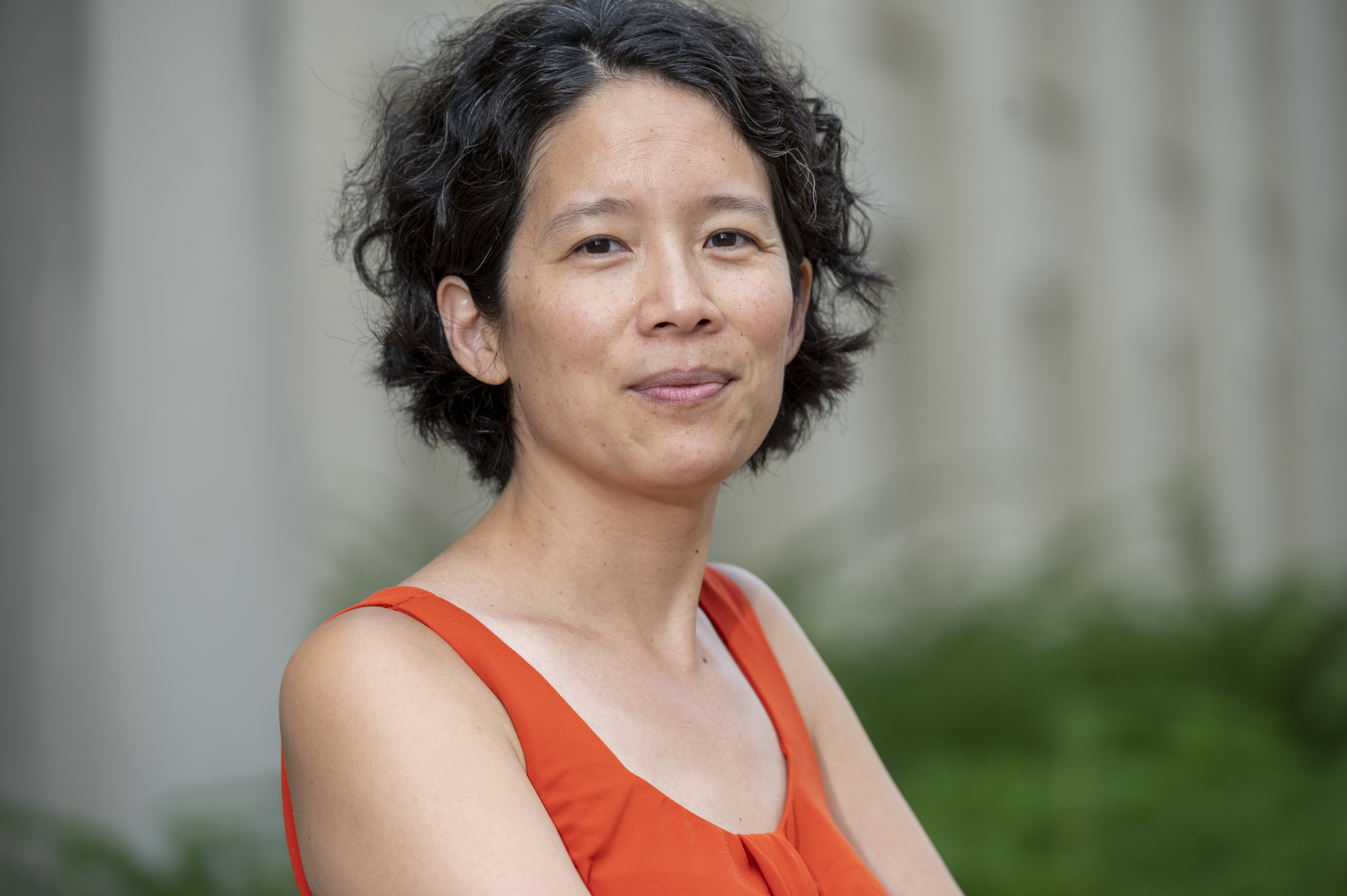ARC23 Speaker Lillian Chong

Behind the scenes of SARS-CoV-2 spike opening:
Weighted ensemble methods and software
Lillian Chong, professor, Pitt Department of Chemistry
Affiliated faculty, CMU-Pitt Molecular Biophysics/Structural Biology Program and CMU-Pitt Computational Biology Program
Abstract
The weighted ensemble path sampling strategy has transformed what is feasible for molecular simulations, including a high-water mark involving atomistic simulations of the seconds-timescale spike-opening process of the coronavirus. I will present advances in weighted ensemble methodology and software that were necessary for these simulations. These advances will greatly facilitate future simulation efforts to characterize the pathways and kinetics of ever more complex biological processes.
Biography
Lillian Chong creates simulations that mimic biological processes too small and too fast to be observed by even the most sophisticated microscope. The result is videos that show what’s happening with every atom of a protein cell, down to the quadrillionth — a million billionth — of a second.
Using this technology, Chong helped crack the mystery of how the coronavirus’s spike protein opens in order to attach to human cells.
In the spring of 2020, Chong’s lab in Pitt’s Kenneth P. Dietrich School of Arts and Sciences joined forces with two labs at the University of California San Diego to simulate the coronavirus in atomic-level detail. The simulation effectively slowed down and zoomed in on that spike motion, revealing a “gate” that must open for the virus to infect the body.
The simulation, which contained a million atoms, took only 45 days to create using an advanced simulation method, which was actually quite fast — it would have taken years with standard technology. The team moved so quickly because it used the TACC Longhorn supercomputer and a software package created by Chong to make simulations more efficient, called WESTPA (the Weighted Ensemble Simulation Toolkit with Parallelization and Analysis).
Weighted ensemble path sampling ntroduces no bias into the dynamics. The high-performance implementation of WESTPA can enhance the efficiency of generating pathways and rate constants for rare events by orders of magnitude.
The groundbreaking simulation of the spike protein was instrumental in winning Chong’s international team of 28 scientists the 2020 Gordon Bell Special Prize for HPC-Based COVID-19 Research – the Bell Prize is commonly referred to as the “Nobel Prize of Supercomputing.” Notably the team was woman-led and consisted of a large number of females in a male-dominated field. Rommie Amaro of UC San Diego, who led the team, is a keynote speaker today at ARC23.
Chong has a bevy of other honors including a National Science Foundation CAREER Award and the University of Pittsburgh Tina and David Bellet Teaching Excellence Award. But more than awards, Chong finds joy in the process of discovery in chemistry — and the art — both of which she discovered as a child.
Growing up, Chong wrote poetry, and today she’s part of a weekly writing group where participants share ideas and encourage each other’s works in progress. At Pitt, she wanted to offer students the chance to pair literary art with science, so she founded the Summer Workshop in Creative Science Writing in 2017. In collaboration with instructors in the Department of English including poet Sam Pittman, Chong organized a summer fellowship for undergraduates to explore creative writing alongside lab study.
Before coming to Pitt, she was a postdoctoral fellow at both the Stanford University/IBM Almaden Center and UC San Francisco after earning a Ph.D. in Biophysics and a B.S. in Chemistry at MIT. Among her many awards are:
University of Pittsburgh Arts & Sciences Bellet Teaching Excellence Award, 2017
National Science Foundation CAREER Award, 2009-2014
Carnegie Science Emerging Female Scientist Award, 2012
Hewlett-Packard Outstanding Junior Faculty Award, 2008

